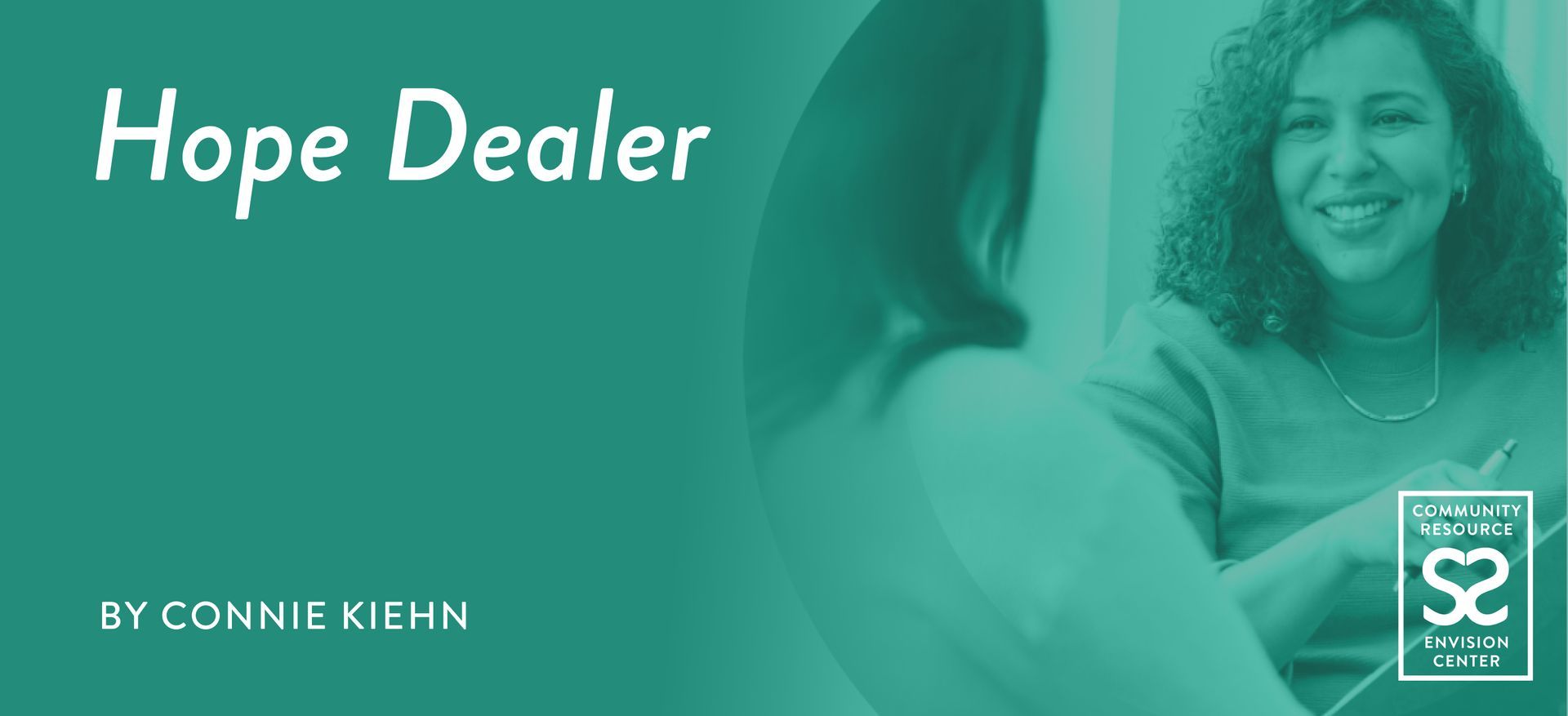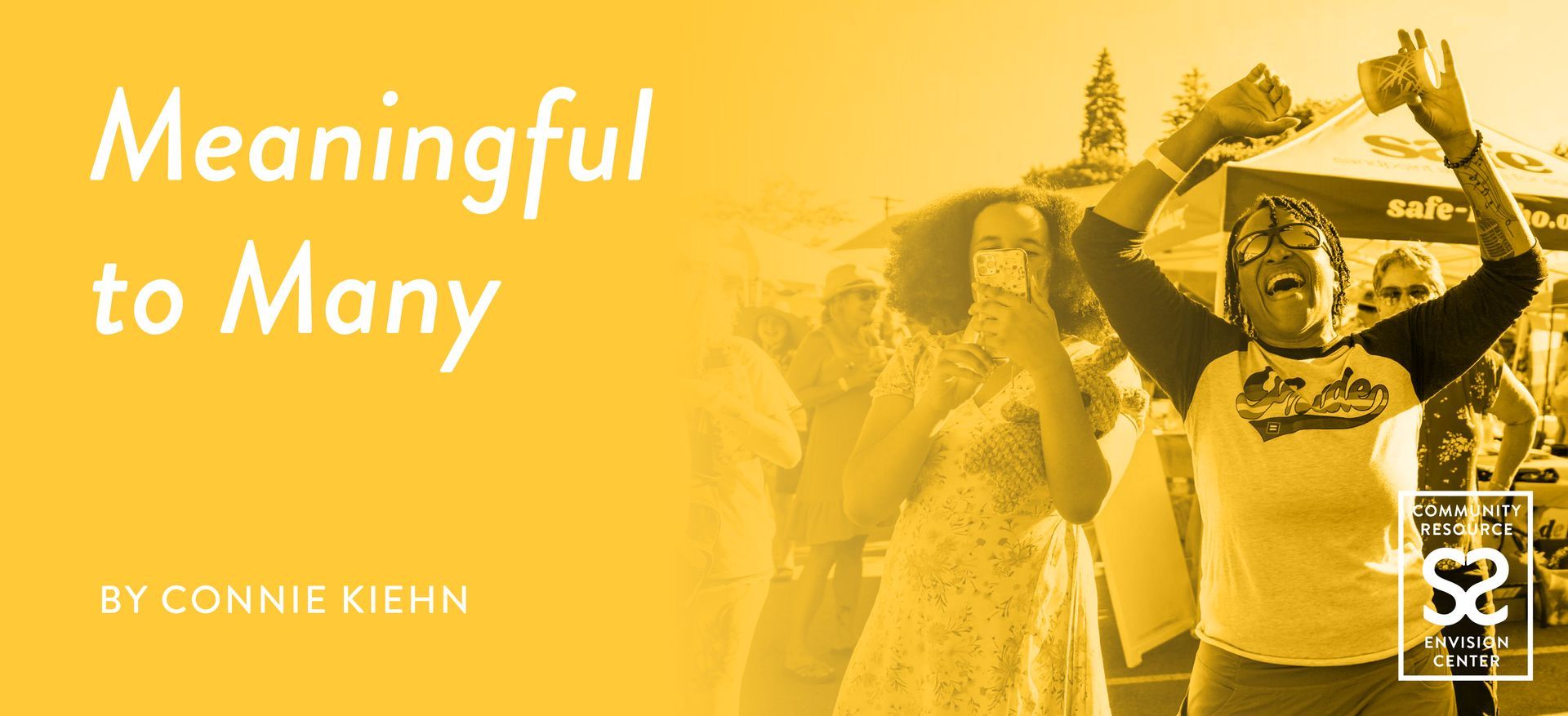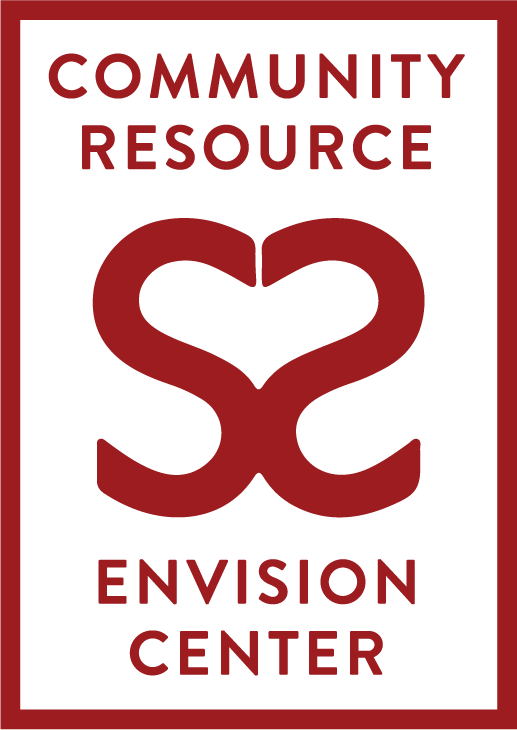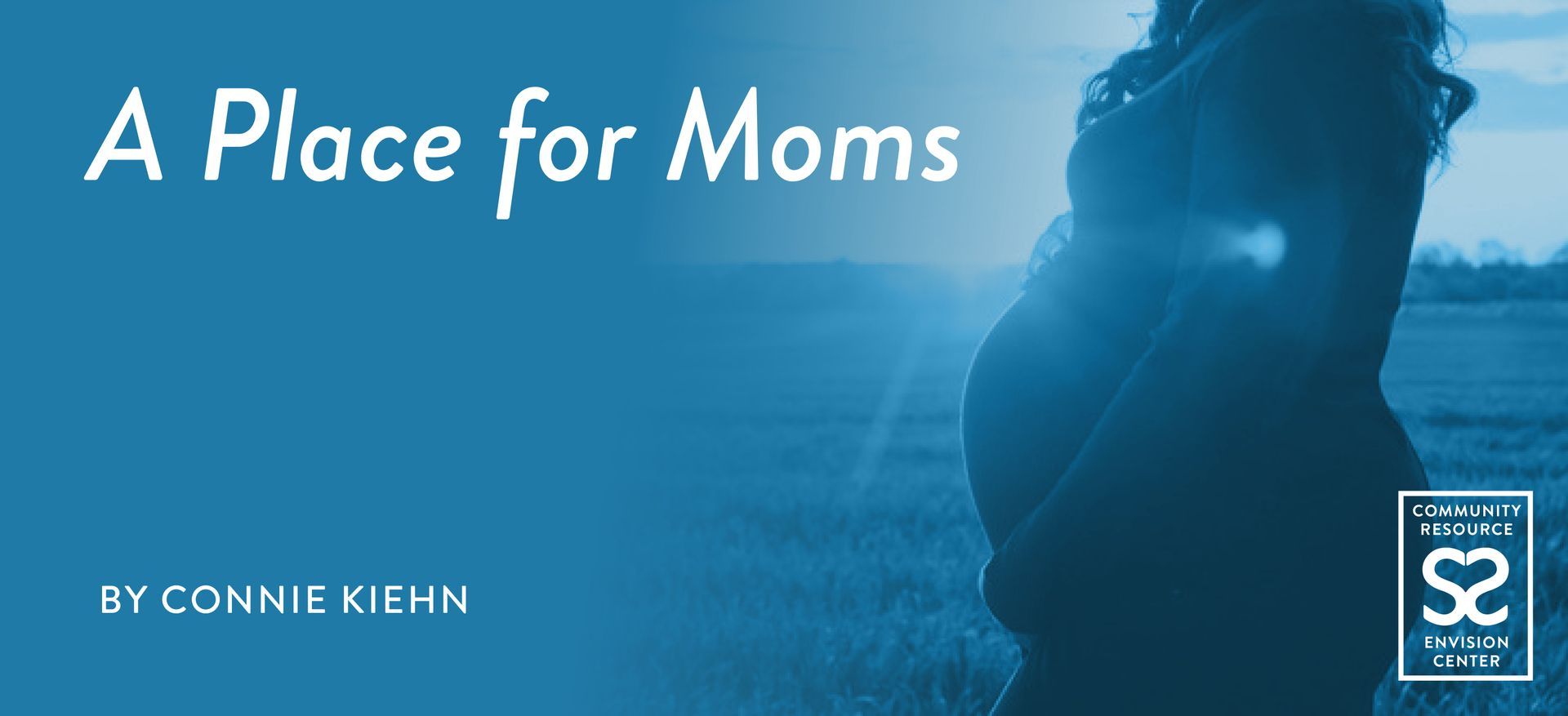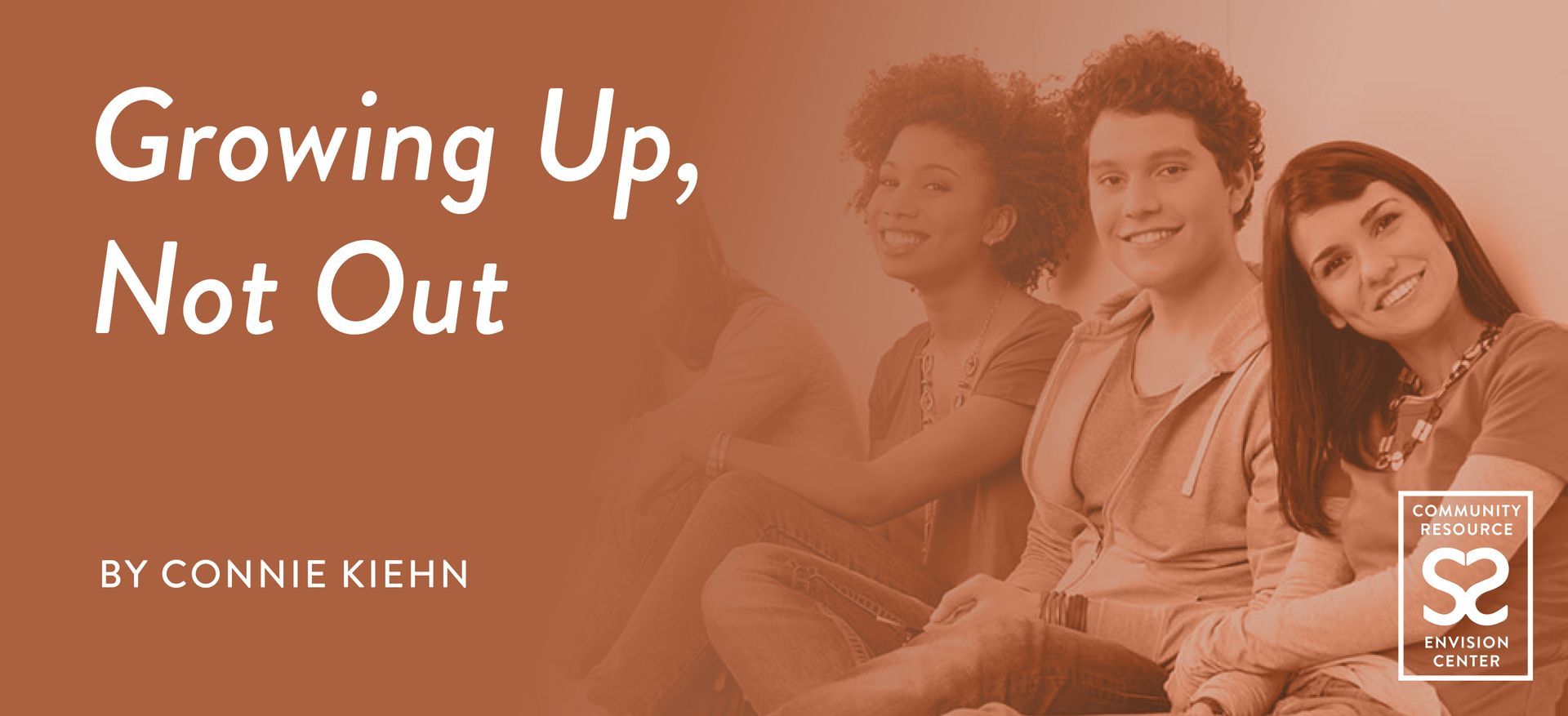
As a young mom planning to homeschool, this was one of those interviews where I had to restrain myself from asking so many questions—we easily could have talked for two more hours! Alternative education methods are something I'm deeply interested in. I've already looked into Waldorf, Montessori, and Charlotte Mason approaches, so I was especially excited to learn more about Waldorf education in this conversation.
In a world where children are often pushed to perform, compete, and conform, Waldorf education dares to ask a deeper question: What does it mean to educate the whole human being? This question is not just philosophical—it’s lived every day in classrooms filled with art, music, movement, mud kitchens, mythology, and wonder. Sandpoint Waldorf School staff, including Pedagogical Director Julie McCallan and teacher Amy Dailey, aim to reach the child’s head, heart, and hands—thinking, feeling, and doing.
“In Waldorf education, the child is the curriculum,” explains Amy. “Each class is unique, shaped by the teacher and students. Meeting their needs comes from deep relationships—with the children and their families.”
Founded by Rudolf Steiner in 1919 in response to the spiritual and societal breakdown after World War I, Waldorf education was created to support the development of free, creative, and ethical individuals—people capable of healing a broken world. Today, in our small town in North Idaho, that vision continues to grow, nurtured by a resilient group of educators, families, and community members who believe education can be something beautiful, and even sacred.
Rather than rushing through a rigid academic program, Waldorf education follows the natural stages of child development. Academic subjects are introduced through stories, art, movement, and direct experience. Reading isn't pushed early. Math is taught through rhythm and play. Science is something students discover, not something they’re told.
As Julie shares, “We’re not giving dead definitions. We’re keeping knowledge alive by making it experiential.”
One hallmark of the Waldorf curriculum is its use of storytelling. Each grade is paired with a different narrative tradition—from fairy tales and fables to ancient myths and historical biographies—chosen to meet children where they are developmentally. Students don’t just listen to stories. They draw them, write them, retell them, and act them out. Through this process, their language skills, memory, and sense of meaning are all cultivated, in a way that feels alive and relevant.
In science, the focus is on observation and hands-on exploration.
“The sixth graders were experimenting with static electricity,” Julie recalls. “They were asking questions, making observations, discovering things themselves. The teacher didn't just explain it—she let them find the patterns.”
This kind of learning sparks a sense of ownership and wonder.
If Waldorf education resonates with you, the school invites you to visit, tour, and explore whether it’s a fit for your family. Children are invited to spend time in the classroom—whether an hour in early childhood or three days in the grades. The school works hard to make tuition accessible. The base tuition for grades is about $10,000 per year, but many families don’t pay the full amount. Idaho’s childcare assistance program can help with early childhood costs, and a tuition adjustment process allows families to work with the school based on what’s realistic for them. There’s no hard formula—just a conversation.
“We ask, what’s possible for your family, and how can we meet in the middle?” explains Julie.
Unlike the original Waldorf school, which was funded by industry, Sandpoint Waldorf School is sustained by the community—through tuition, yes, but also through gifts of time, talent, and generosity. A neighbor walking in with a $5,000 check. A parent cleaning the hallways. Teachers shoveling snow. The sense of ownership and mutual care is real.
“There’s this picture Steiner had of money being ‘alive’ when it’s gifted,” Julie shares. “That living money makes things possible. It keeps energy moving forward.”
The school has outgrown its current space—a converted daycare near the local YMCA. Creative solutions abound, from holding meetings in a laundry closet to pitching tents in the back field. But the long-term vision is much bigger. In 2020, the school purchased 25 acres of land just outside of town. The dream: a new campus with space for gardens, animals, and the full expression of Waldorf’s vision, including a farm-based curriculum. A capital campaign is in its early stages, with hopes to break ground in the near future.
Most Waldorf schools are in large urban centers. That one exists—and is thriving—in Sandpoint, Idaho is something special.
“It’s really a miracle,” Julie says. “It takes not just the families in the school, but the broader community to support it.”
If you’re curious, stop by the school. Take a tour. Try a summer camp. Meet the people. This isn’t just a school—it’s a living community. And it’s here for those who believe that childhood, and learning itself, should be sacred.
yout
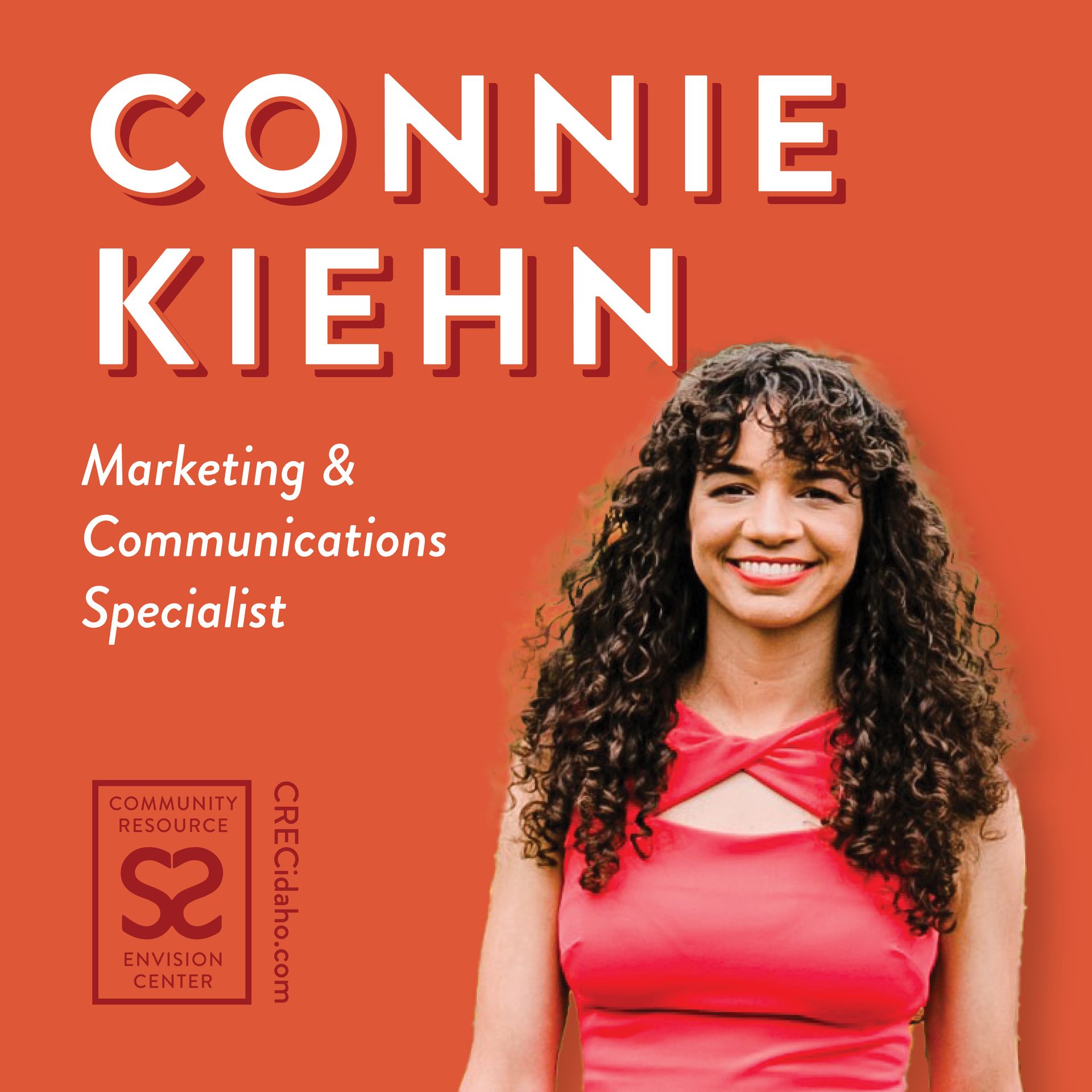
REFERENCES:
- https://www.loveinactionidaho.com/
- https://www.crecidaho.com/
- https://www.crecidaho.com/more-than-ultrasounds

